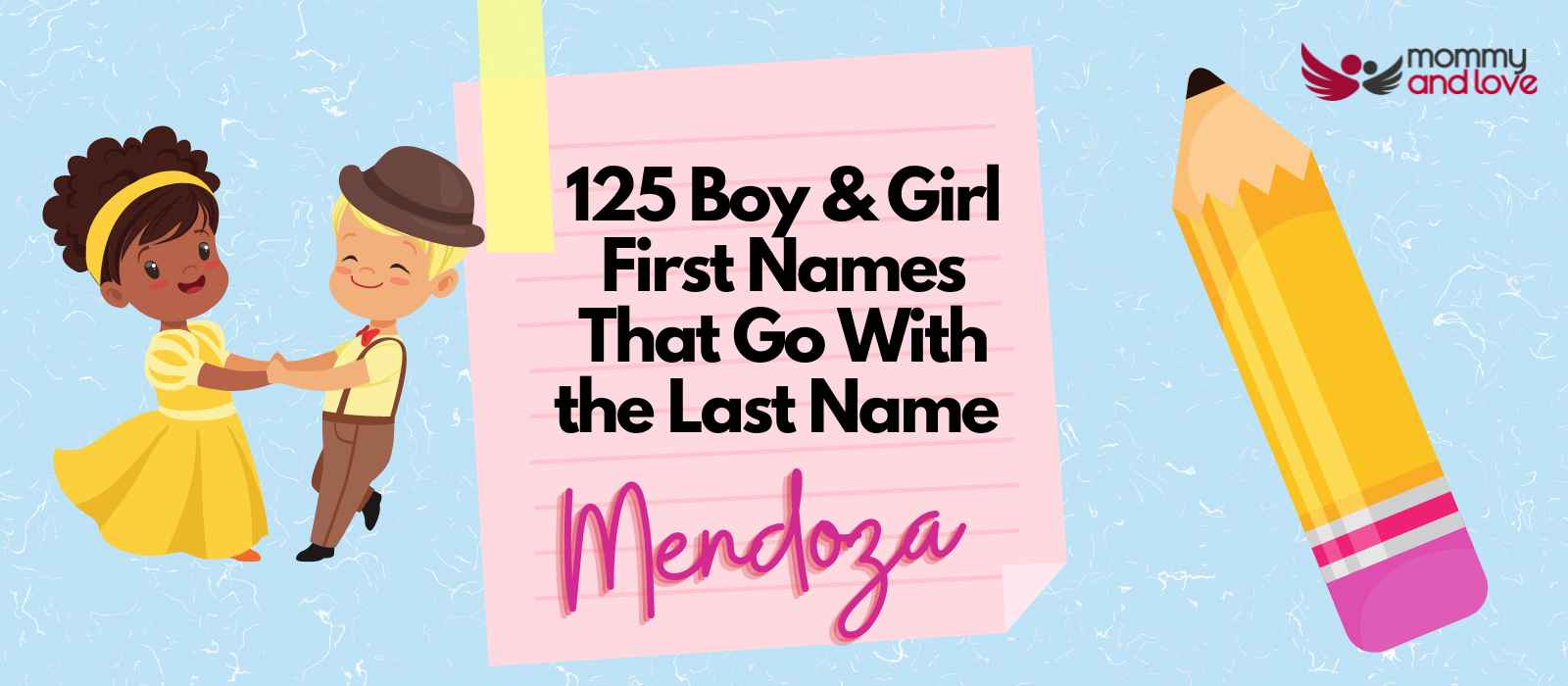Giving birth by cesarean—planned or unplanned—doesn’t directly interfere with your ability to breastfeed, but recovery and hospital issues can make it harder in the beginning. Here’s what you can do to make breastfeeding easier if you have a c-section:
1. Make it clear that you want to breastfeed.
Communicating your priorities beforehand is extra important when recovering from a C-section—both because hospital policies may not be ideal for breastfeeding and because you may be more out of it during your recovery. Let your doctor and nurses know to bring the baby to you for feedings, and that no bottles or pacifiers should be given in the nursery. Though this can be written on your baby’s chart it can also help to remind nurses, as they come on duty, that this is a priority for you.
2. Be confident about your ability to breastfeed.
Unexpected C-sections can be demoralizing for mothers who were emotionally invested in the idea of a vaginal birth. But breastfeeding can work just fine regardless of birth experiences. It can be helpful to know that the hormones of breastfeeding and the baby’s innate ability and desire to nurse are strong and persistent. Paying attention to those cues can be very reassuring.
3. Get close to your baby as soon as possible.
Getting to know the feel and smell of your skin will encourage your baby to breastfeed. This is something a birth partner can help with—he or she can remind hospital staff that the mother would like to hold her baby as soon as possible, if it’s not happening soon after the birth.
4. Don’t be afraid to nurse under local anesthesia or pain medication.

You can nurse your baby whenever you’re both ready, ideally right away— before your local anesthetic has worn off. This can help you both get a taste of breastfeeding before the pain of recovery kicks in.
Speak to your doctor about choosing a good pain reliever that won’t cause problems for your baby. But in general, pain is more likely to be an issue for your breastfeeding relationship than pain medication.
5. Get support.
On the basic level, get help with positioning right away from a lactation consultant on staff at the hospital or birth center. Side-lying and clutch hold positions tend to be more comfortable for c-section moms. At first, you can even nurse flat on your back if you need to. Try to get assistance from the nursing staff about the best ways to hold a baby after a c-section. Have a partner or another helper watch the positioning and latch suggestions so you can get help at home, too.
Some recent studies indicate that support in general (from family members, friends, community and the culture at large) can help women surmount very normal but almost always surmountable early challenges. Surround yourself with positive reassurance when you can.
In general, taking a breastfeeding class before giving birth can be enormously helpful to women and their partners, no matter how they eventually give birth. Educating yourself about how it all works can prevent problems from happening in the first place and put you in touch with resources should they come up.

This article was written by Sandra Baker – full time writer and the mother of four amazing kids (including twins!)
She’s also a breastfeeding counselor and has spent years helping new parents learn how to care for their children. When she’s not writing or caring for her children, Sandra likes to spend time reading and taking walks with her husband.




